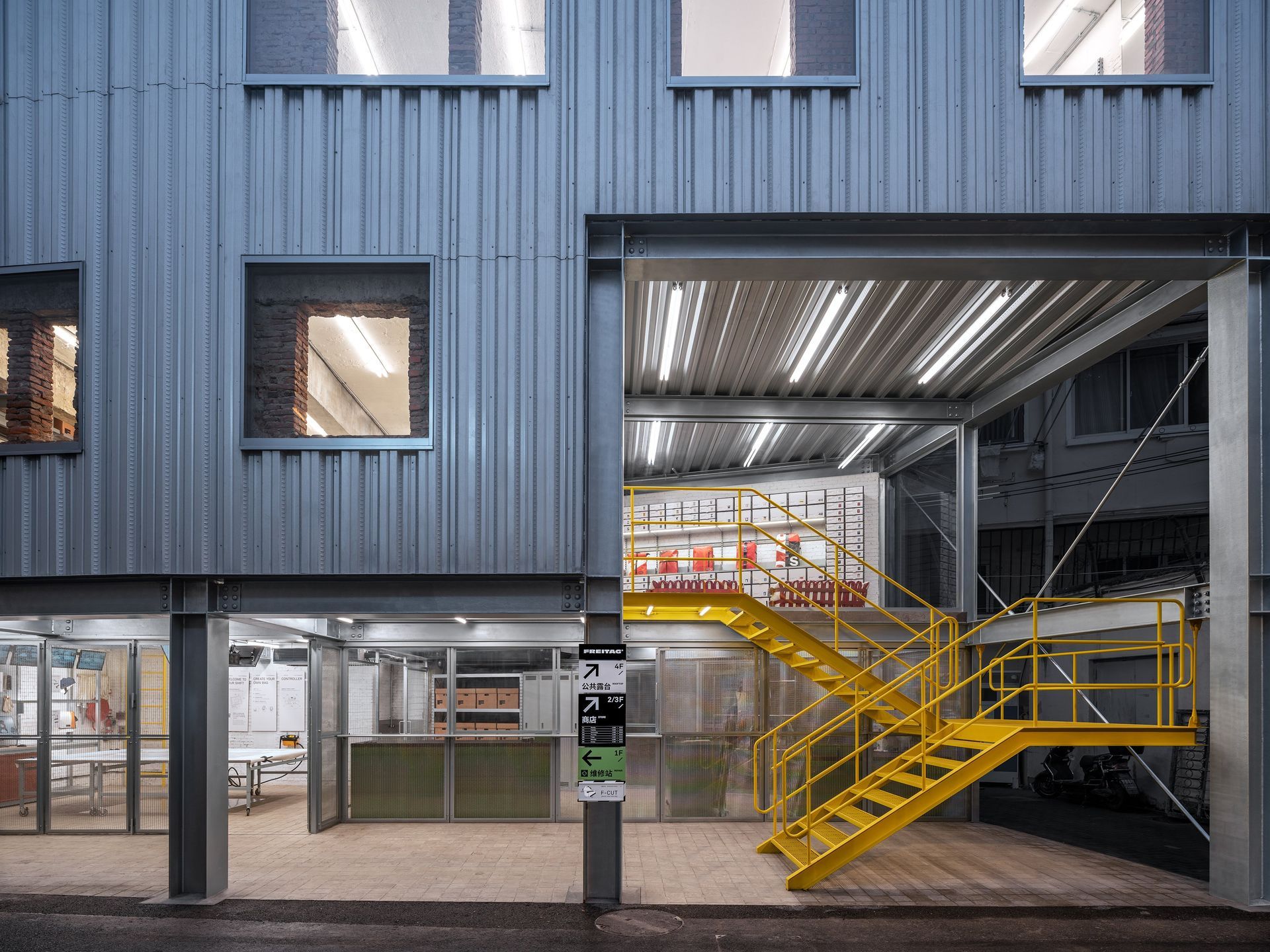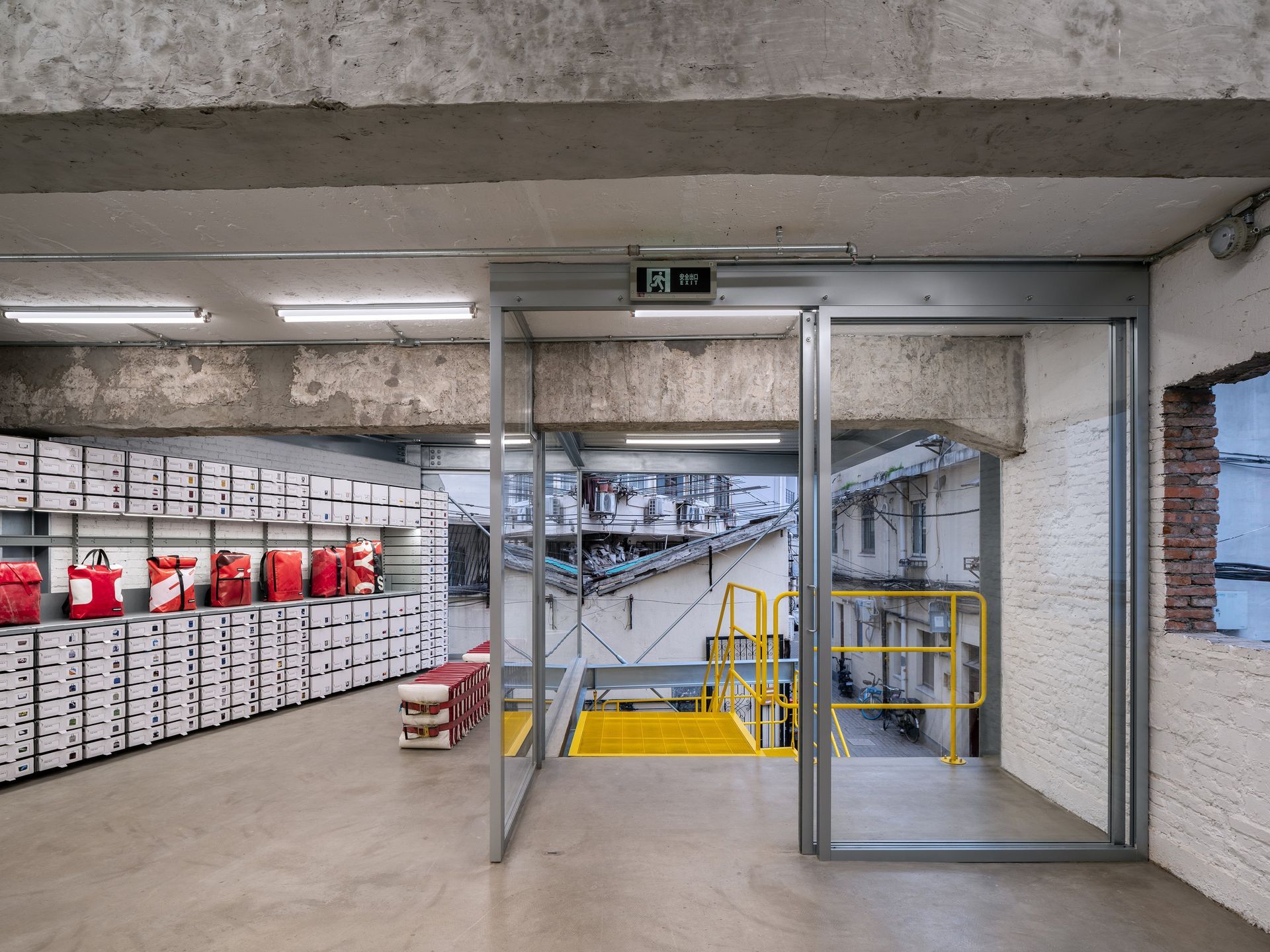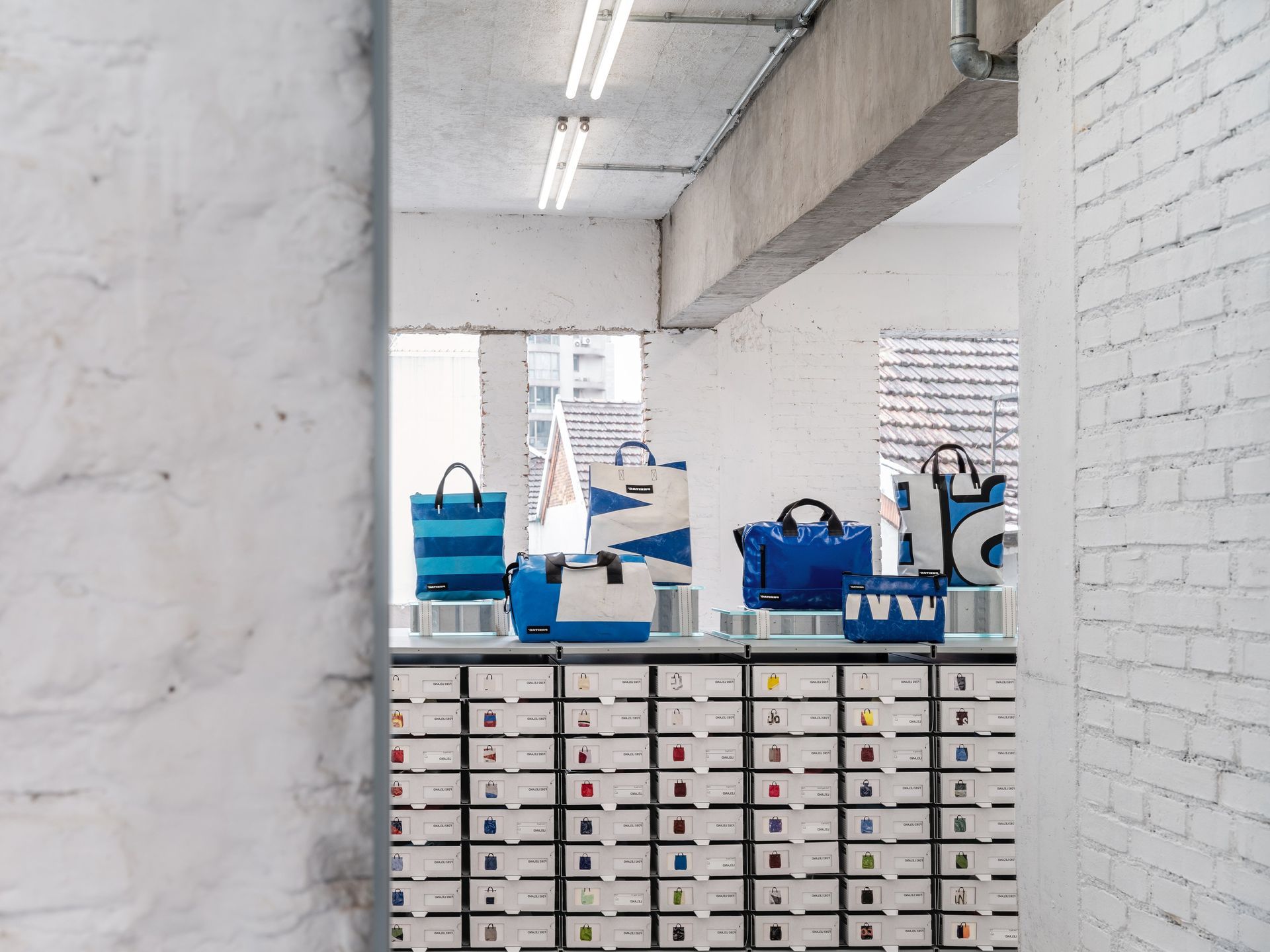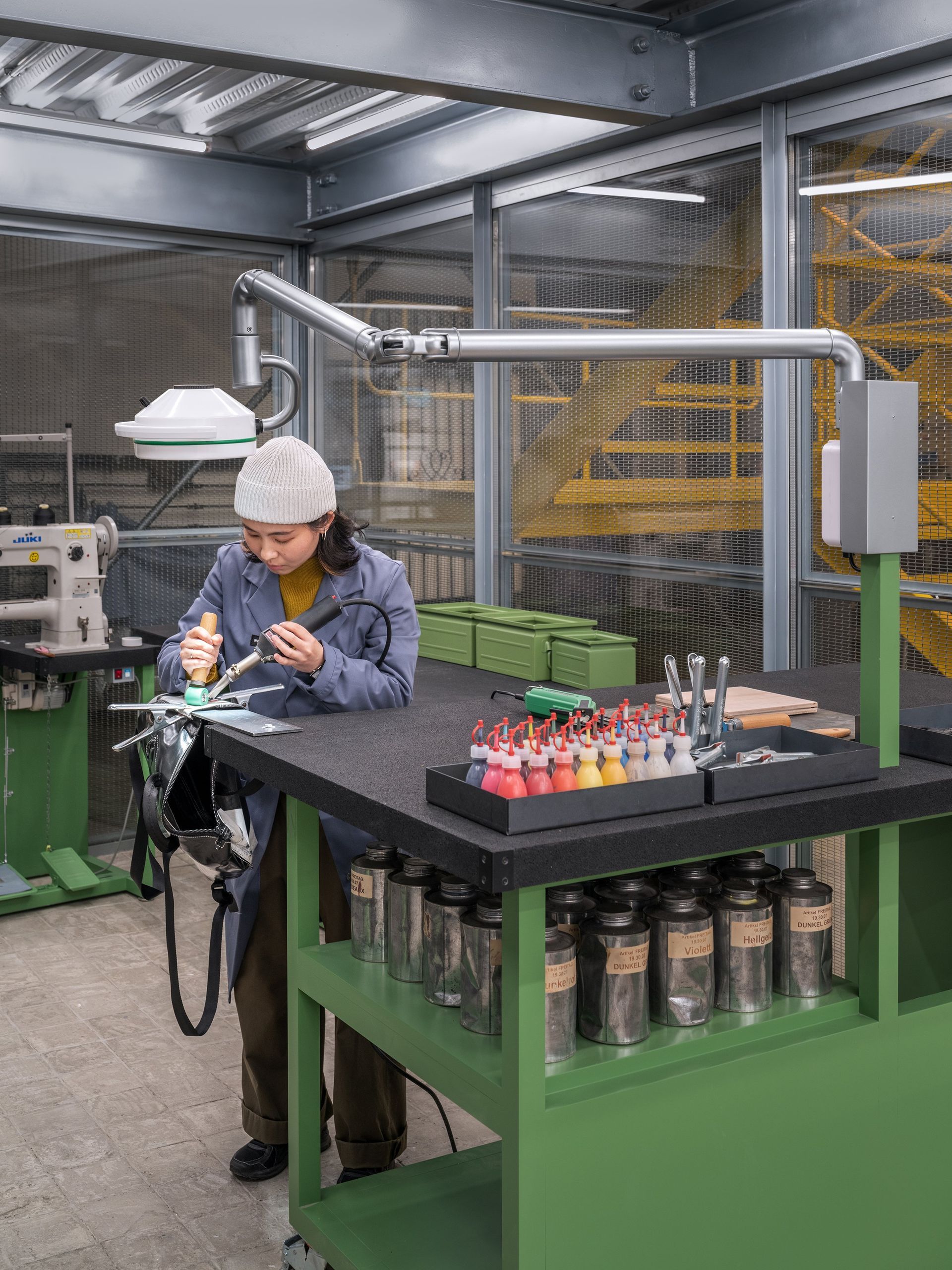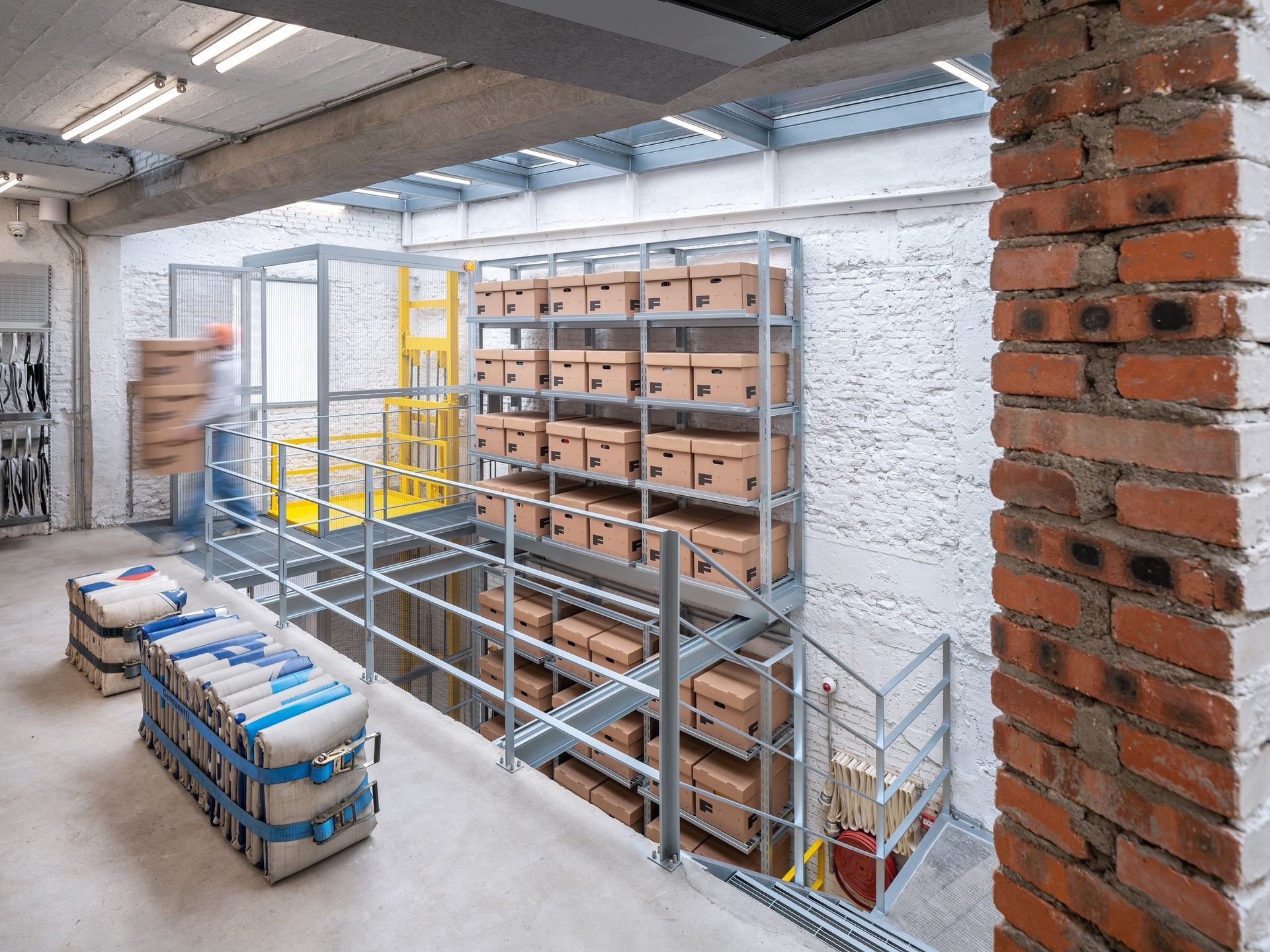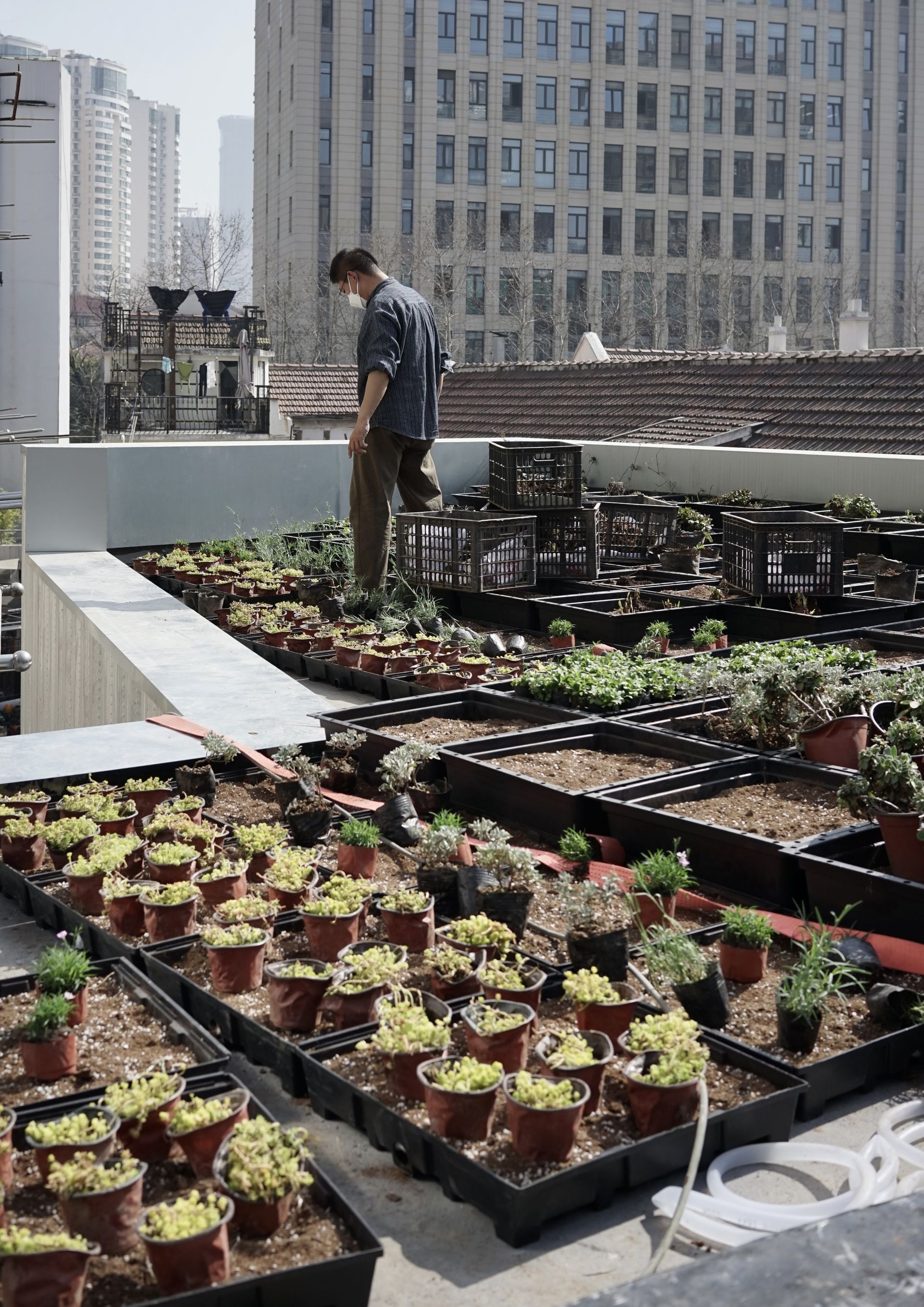The China Edition #2: FREITAG in Shanghai - Building a Circular Community in the Heart of Retail
In a city known for its fast-paced, consumer-driven culture, FREITAG has chosen a different path. Known for its bags crafted from recycled truck tarps, the Swiss brand is reshaping the typical retail experience in Shanghai. FREITAG’s approach is rooted in a sustainable, community-focused strategy that doesn’t push for quick sales. Through its first direct store, which opened in early 2023 near Jing’an Temple and close to a residential area, FREITAG is creating a space and a community that think differently about what it means to shop, connect, and consume.
A Space with Purpose
FREITAG’s location, set in a former towel factory that later served as a hostel, blends heritage with innovation. The renovation preserved much of the building’s original structure, incorporating its high ceilings and industrial features into an open, welcoming space designed for discovery. Each floor has a specific purpose: a repair station on the ground level, where customers can bring their FREITAG bags from anywhere in the world to for repairs. A process that can take up to six weeks, reinforcing the brand’s commitment to sustainable fashion.
The first and second floors showcase collections. An essential feature of the store’s design is its vertical storage system, which reflects FREITAG’s focus on transparency and functionality. Products are displayed visibly, giving the space a straightforward, industrial layout that aligns with FREITAG’s minimalist aesthetic and commitment to openness and authenticity.
On the top floor, the open rooftop serves as a garden and a social / community space, perfect for workshops and events. It’s a place for community building as much as for shopping.
Provide Access, Rather than Ownership
Rather than relying on heavy promotional events, FREITAG organizes initiatives that invite their community to engage in meaningful, sustainable practices. For example, during the annual 11/11 shopping festival in China, the biggest shopping day globally, the brand takes a stand by closing its checkout counters, both online and in-store. Instead, FREITAG hosts a S.W.A.P. (Shopping Without Any Payment) event, where customers are encouraged to bring in their pre-loved FREITAG bags to exchange for others. This unique approach reinforces FREITAG’s commitment to “provide access, rather than ownership,” and allows people to experience “new” bags through a circular exchange rather than traditional buying. By shifting the focus from transaction to interaction, FREITAG’s S.W.A.P. event builds community around reuse and resourcefulness, offering a meaningful alternative to consumer culture.
Engaging Through Art and Cultural Exchange
Earlier this year, Swiss artists Emma Casella and Alix Arto, alongside Chinese designer Zhang Yihan, hosted an immersive workshop at the FREITAG Store that brought together traditional craftsmanship and modern industrial techniques. With support from Pro Helvetia and the Rong Design Library, this workshop wrapped up a three-month residency aimed at reimagining wool’s role in contemporary design. Participants learned about the ancient art of felting, a skill deeply rooted in both Swiss and Chinese heritage, and explored innovative ways to adapt it for today’s sustainable practices.
On the store’s rooftop, attendees created a large felt artwork, transforming raw wool through collaborative effort. This collective project allowed participants to experience the energy of shared creation, underscoring how traditional materials and techniques can inspire new applications and connections in a modern context.
Balancing purpose and profit
FREITAG’s strategy focuses on creating a community and setting a new standard for conscious consumerism in China. By combining heritage, functionality, and a commitment to sustainability, FREITAG has built a retail experience that resonates with a young, purpose-driven audience, offering an alternative to China’s often consumption-focused market. However, finding the balance isn’t always easy. FREITAG’s approach challenges the norms by not prioritizing mass sales, yet it has found a way to succeed by connecting with the right customers: those who value impact.
This thoughtful strategy reflects how a brand can stay true to its roots while adapting to new markets. With their Shanghai space, FREITAG invites people to think about their own footprint, using its platform to spark dialogue and inspire change. It’s a compelling example of how retail can be reimagined as a space for engagement and reflection, transforming what it means to be a brand in today’s world.
At Think East, we keep you updated on brand strategies like FREITAG’s, showcasing how purpose-driven approaches are shaping retail in China. We’re here to help brands craft strategies that resonate with Chinese audiences, building genuine connections that go beyond transactions.
Stay tuned for our next post, and connect with us on LinkedIn or via email—we’d love to hear your thoughts and questions.
See you next time!
Banner image and all gallery images: STUDIO FANG

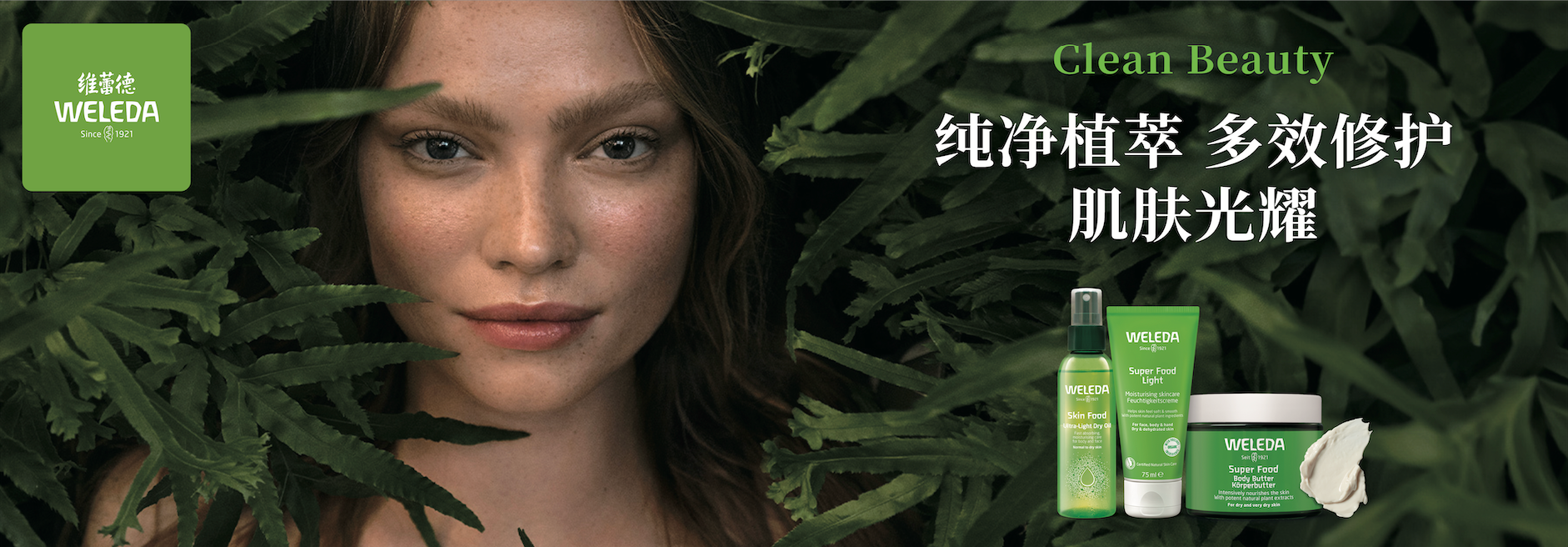

Sign up to our Newsletter
You have successfully subscribed to our Newsletter!
Please try again later.




